Acrylic Painting on Paper
Discover the Untapped Potential
Acrylic painting on paper is a wonderful combination of mediums, and has a lovely look and feel. You can choose so many "weights" (thickness) of paper.
You can choose from dozens of textures, and from a range of colors. All these choices can present a dilemma. There are also some other qualities which can potentially create problems when painting on paper.
Acrylic painting on paper - decisions, decisions...
The first is the problem of choice. If you are planning to paint using very thin glazes on unsealed paper; and if you wish the surface to "hold" the paint, then it is probably better to choose a heavier grade paper.
This will prevent the paint "pooling" and/or causing the paper to buckle too much (I generally will not paint on anything less than 300GSM). A heavier grade paper will also be easier to frame - less buckling and sagging occurs.
The second choice is texture. Some papers are very smooth and are great for fine work. Having the smooth surface allows the brush to glide, making it easier to paint fine and delicate lines. More texture tends to suit a looser approach. Using the "toothy"(rougher) surface can, if you are a bit clever, suggest detail. This often allows for you to make those "mistakes" that make the painting more lively.
Generally watercolour paper that is cold pressed, tends to have more "tooth", or rough surface. A hot pressed paper will tend to be smoother. There are many grades of cotton/synthetic papers. Consider the longevity of your work. 100% cotton (and quality) will last the distance, if properly stored/framed. However if you're burying the paper in four or five coats of gesso, and then a thick layer of acrylic paint over the top; you could probably get away with a slightly lower quality product. In this application, the weight of the paper is possibly more important than the components.
Another decision when creating an acrylic painting on paper, is color. Is the surface going to be covered completely? If so, the small differences in paper shades will not affect the work much. If, however, you plan on letting the paper show through, your choice of color is much more important.
Acrylic painting on paper....how?
Something else to consider is the porous nature of paper. This can either be a good thing or a difficulty. First the good points:
A good quality acrylic paint can be used in a similar way to watercolour paints. Remember though that watercolour pigments are purpose built for… yep, watercolour paintings. Having said that, you can certainly allow acrylics to bleed and move around in a similar way on the surface of the paper. Some artists love the surface to be porous and want the paint to be pulled into the surface of dry paper. However, this method of acrylic painting on paper can be "sudden death", and any mistakes are hard to hide. At least you can seal and gesso over them as there is usually little texture on the surface; the paper has sucked up most of the paint. I use Artists quality acrylic paints by Chroma Australia, Atelier Interactive and Atelier Free Flow.
I like to seal paper prior to painting over it with acrylic gesso. This is done for several reasons. I like the paint to slide over the surface (but not too much) whilst still soaking in a little bit. The other reason is the method which I use to attach the paper to my board. Firstly I pin out my paper using staples, which has been dampened with water (run a wet cloth over it), stretching it slightly as I attach it. I then paint gesso over the paper, allowing it to travel under the edges of the paper. When it dries the pins or staples can be removed, and the paper is left stuck around the edges without any "fastenings" to get in the way of brushwork. Binder mediums and impasto gel will both do the same thing if you want a sealed surface that still looks like paper. Using the impasto gel will give it definite brush texture.
Paper can buckle when wet. The above method will solve most of that problem (at least to a point I am happy with). The addition of gesso will stiffen the paper. This will minimise further buckling.
One of the wonderful aspects of acrylic painting on paper is the potential for framing the piece. The ragged edge of torn paper looks great against the starkness of a clean mat.
There are of course, many other types of paper you can experiment with in your acrylic painting on paper exploration!
My experience has been mostly with watercolour paper; however you may like to try using printmaking paper, recycled or handmade paper, or any other number of combinations.
Have fun with the colors and textures that are available. ......Create, create, and then create some more!
Top of Acrylic Painting on Paper
Back To Painting With Acrylics
Back to Explore Acrylic Painting Home Page

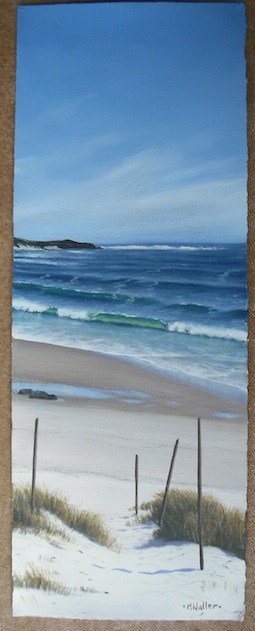
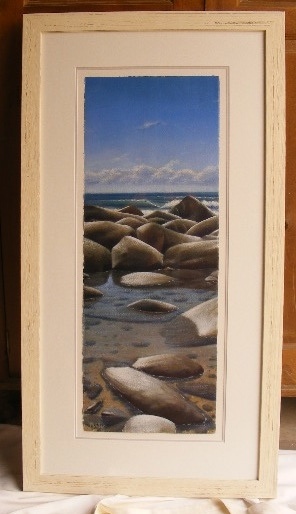

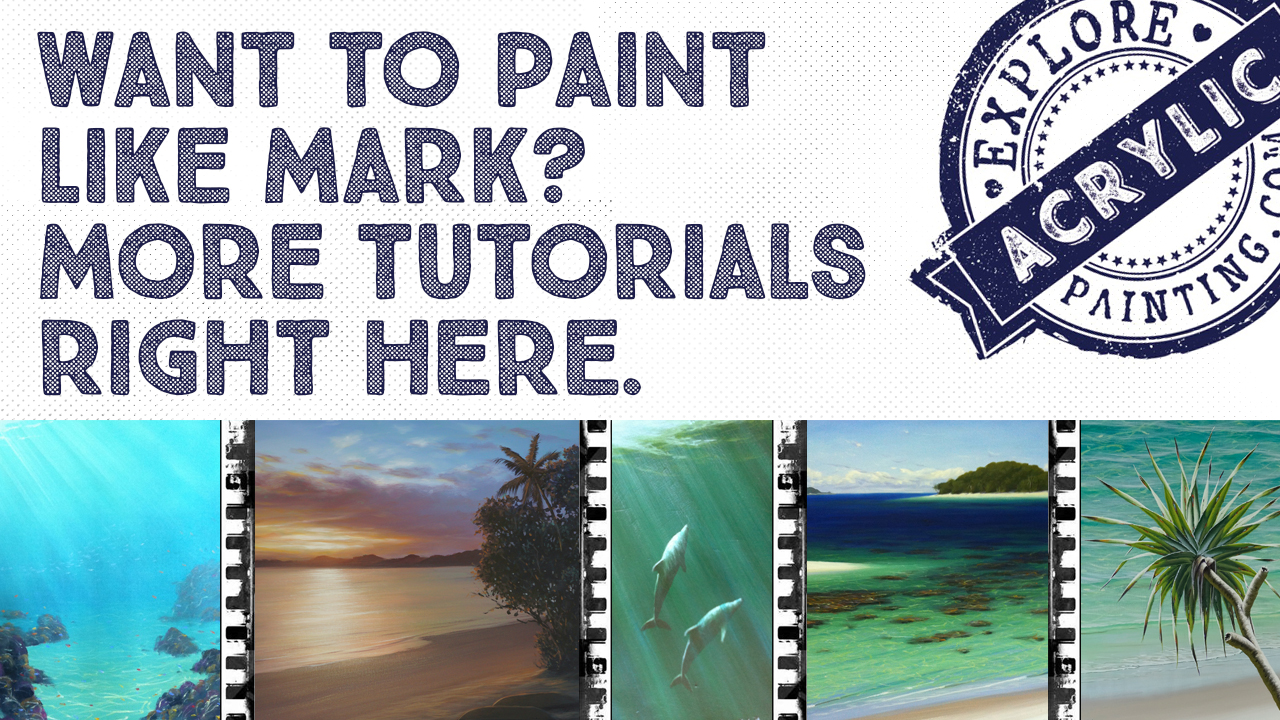


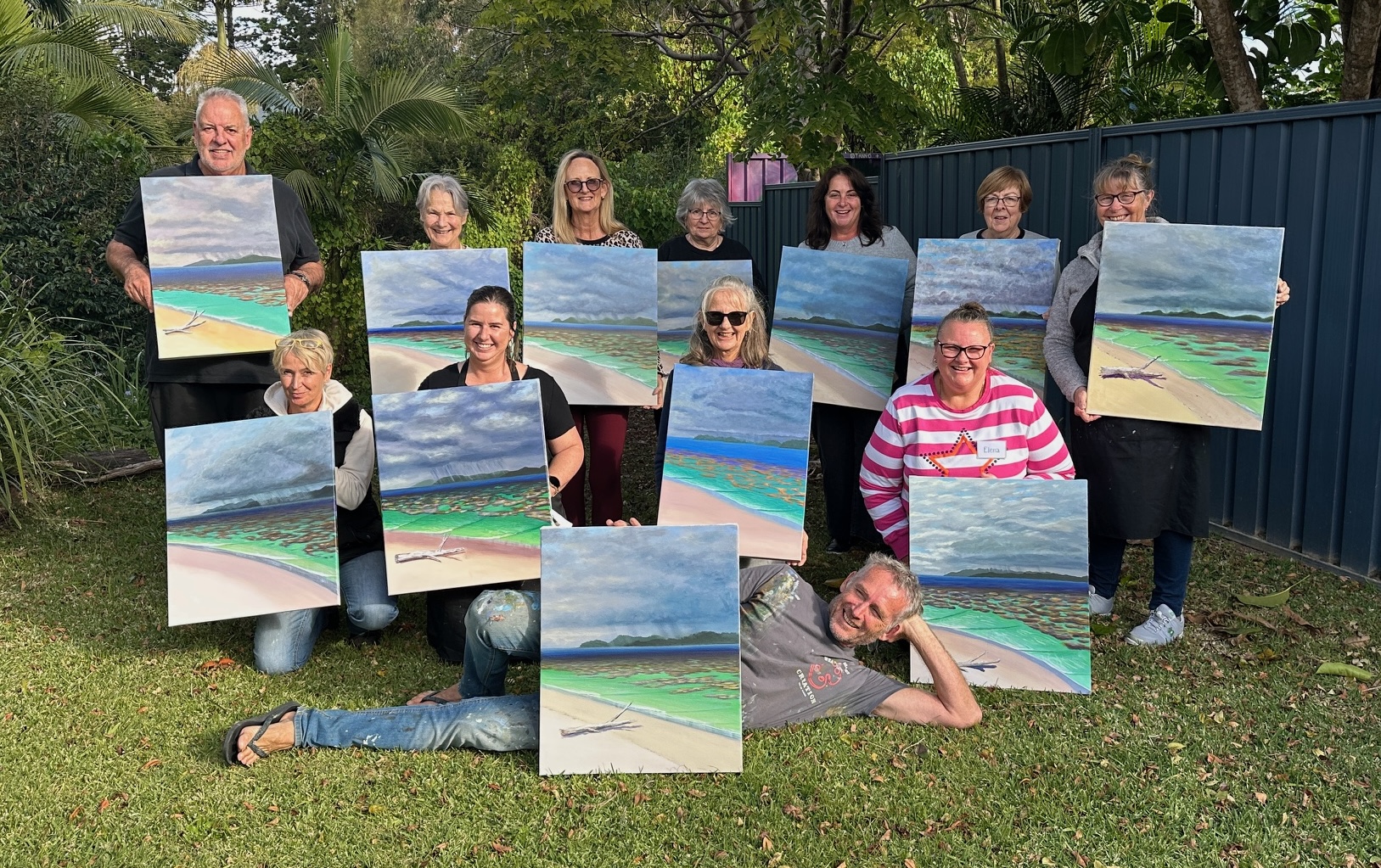

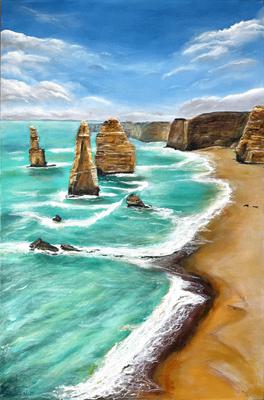







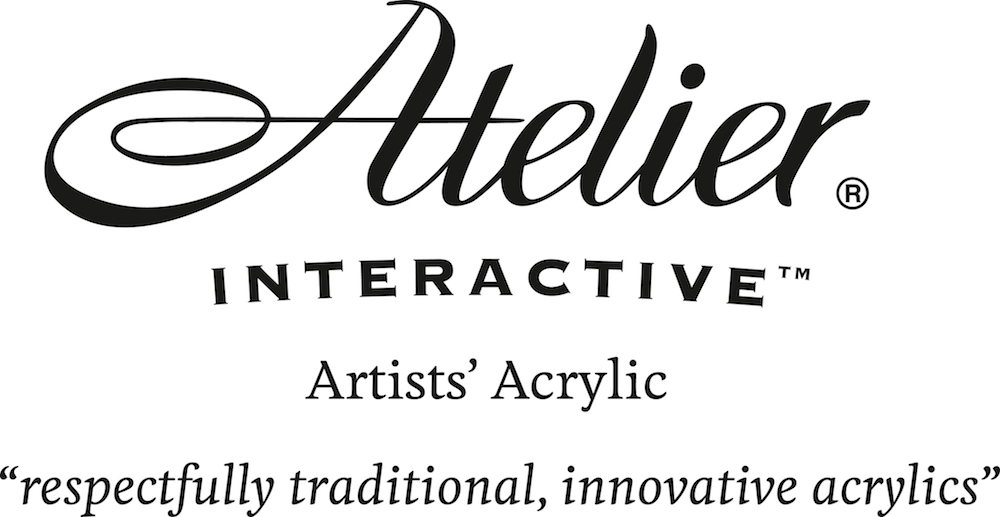


New! Comments
Have your say about what you just read! Leave me a comment in the box below.